WEED MANAGEMENT GOES HOLISTIC
Farmers are being backed into a corner, said Breanne Tidemann. “They are losing the go-to weed management solutions they’ve relied on for years—herbicides—and need to consider new tools to keep their fields clean.”
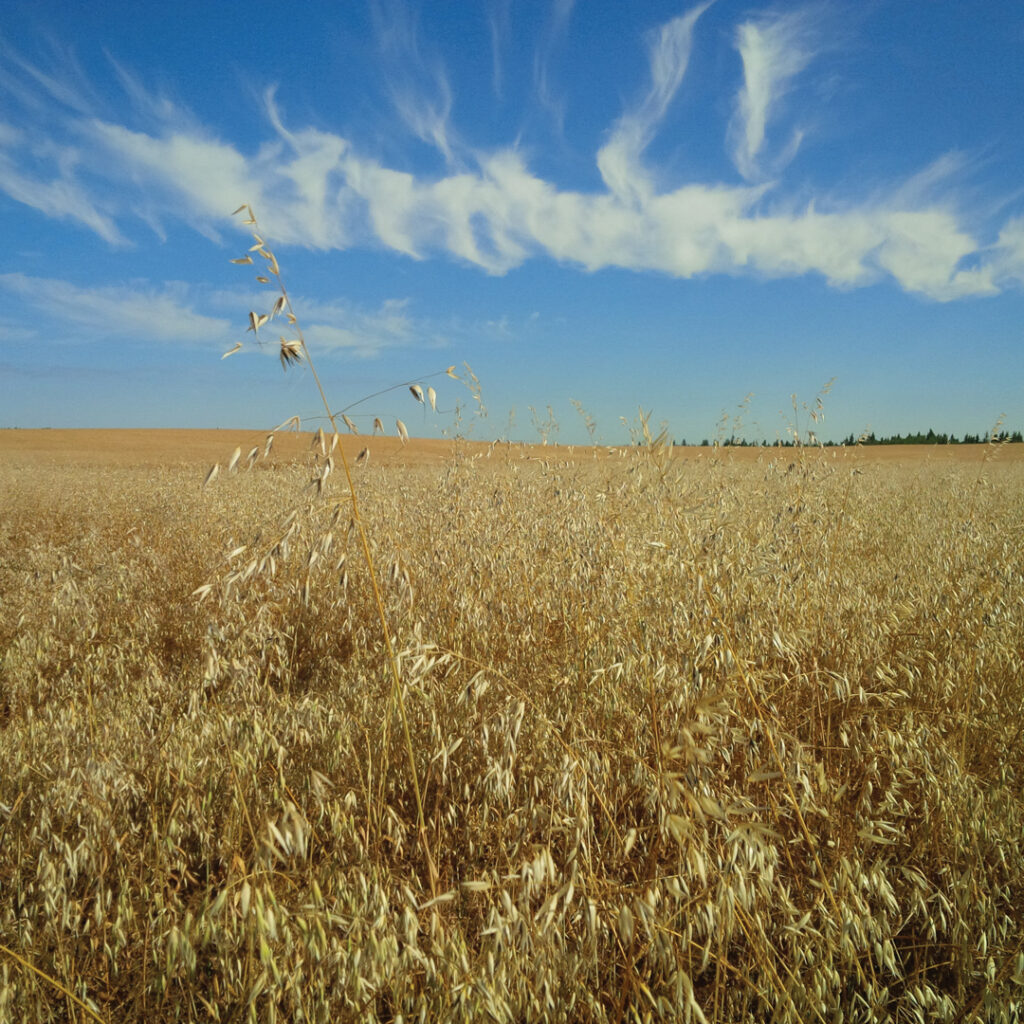
Farmers are being backed into a corner, said Breanne Tidemann. “They are losing the go-to weed management solutions they’ve relied on for years—herbicides—and need to consider new tools to keep their fields clean.”
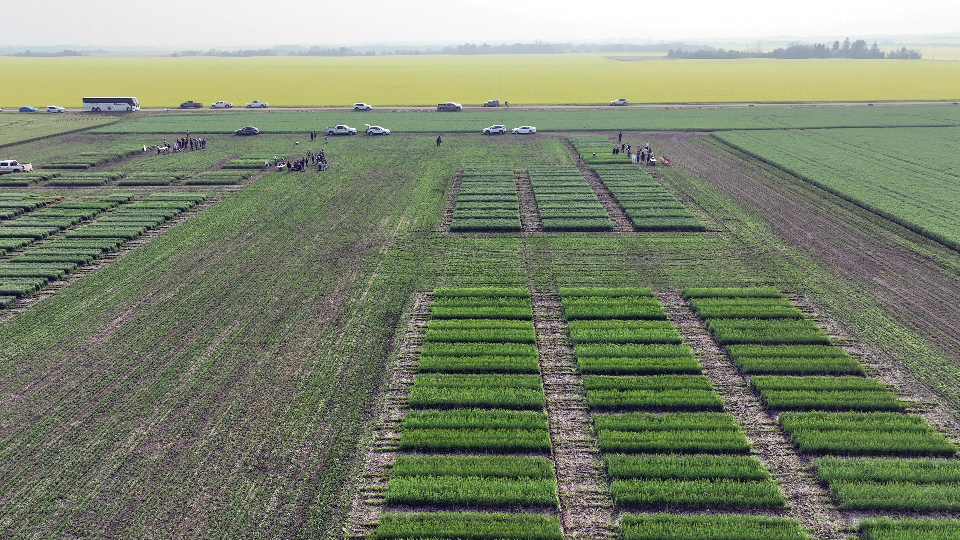
Led by Lakeland College in partnership with Farming Smarter and SARDA Ag Research, a three-year study examined ways to minimize lodging and maximize yield in barley. The project was carried out with the support of the Agriculture Funding Consortium. The initiative, which wrapped up this year, examined the combined effects of cultivar selection, plant growth regulator (PGR) strategies and tank mixes under Prairie conditions.
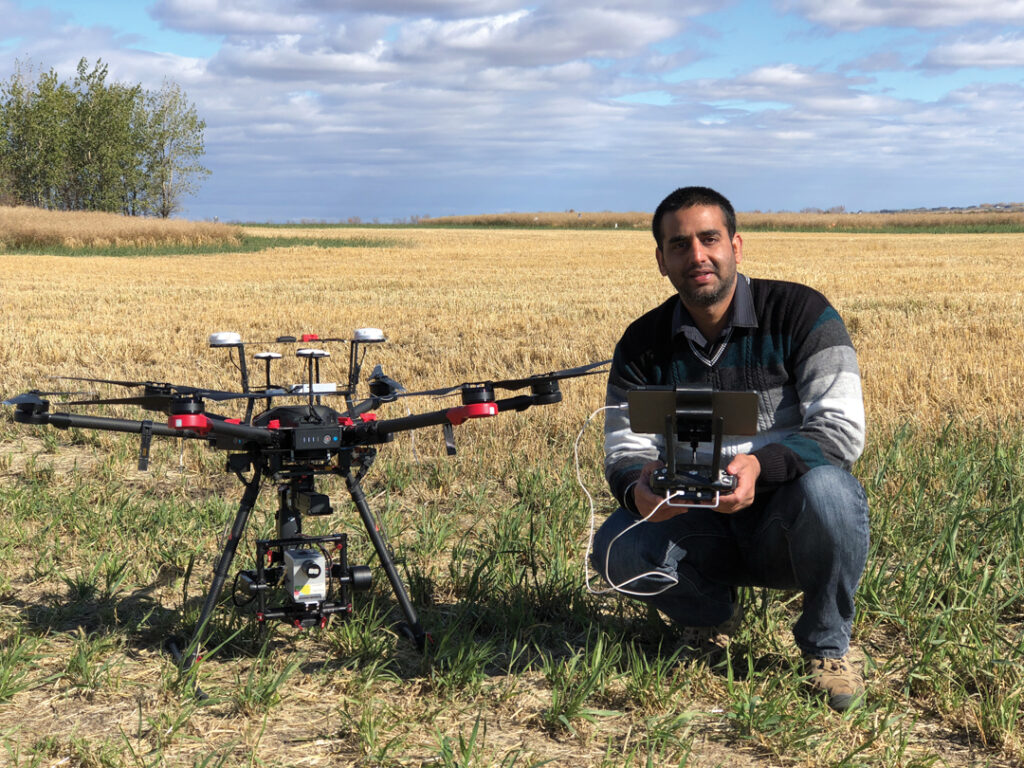
Agriculture and Agri-Food Canada (AAFC) research scientist Keshav D. Singh envisions Alberta as an agricultural powerhouse to rival California.
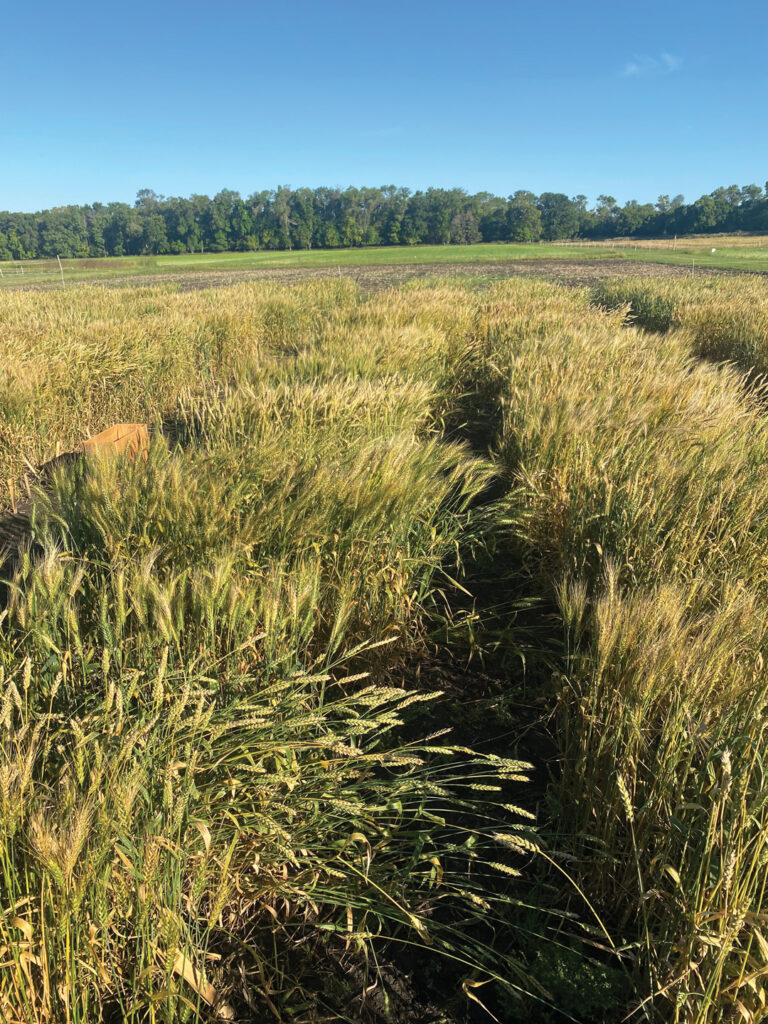
Canadian wheat breeders and researchers agree on three things: lodging is a serious concern for Prairie wheat farmers, stem strength isn’t the only factor that affects lodging and more research is needed to find agronomic and genetic responses.
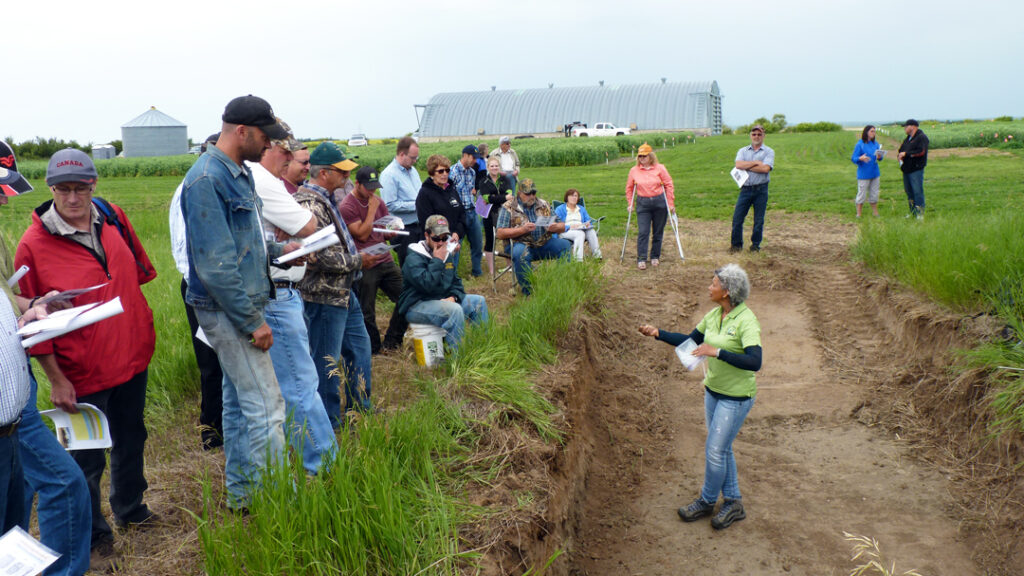
When Greg Newman is pitched a new product for his 3,000-acre grain farm in Alberta’s Peace Region, the first question he asks is: “Has that product been tried and tested up here?” Without local data, he’s not buying. “What works in southern Alberta can work totally different up north,” said Newman, who farms alongside his two sons near Fort Vermilion.
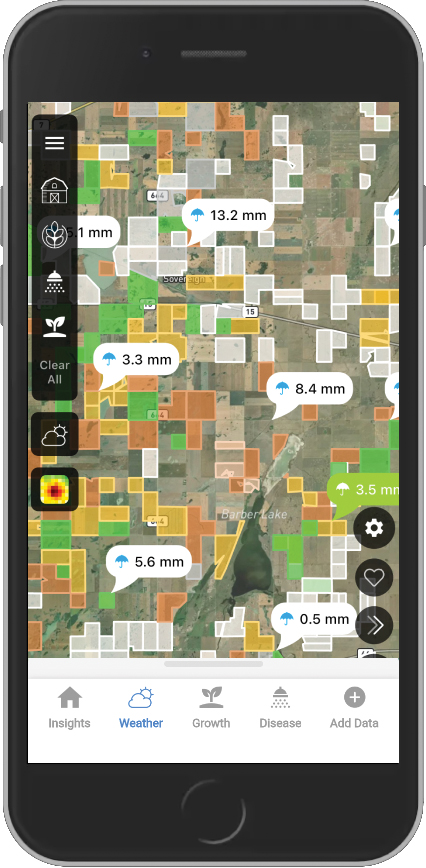
Nitrogen is a fundamental driver of plant growth, yet a significant portion of what is applied annually by farmers is not taken up by the crop. When nitrogen fertilizer is applied to a field, a portion is lost to greenhouse gas emissions, leaching and run-off. “It’s an inefficiency problem,” said Chad Matthies, chief growth officer of Ukko Agro, a Toronto-based ag tech company.

In August 2025, GrainsWest spoke with Wolf about the use of optical spot sprayer technology in Western Canada. As a variety of products enter the marketplace and advancements in this technology roll out, he predicts big things are yet to come.
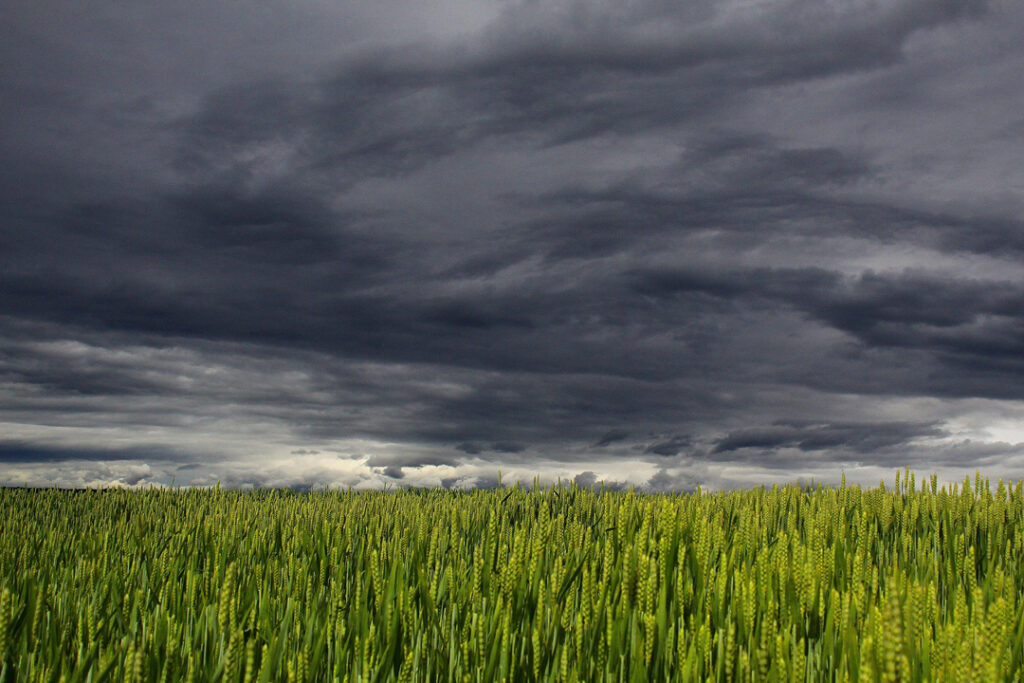
As the saying goes, rain makes grain, but has this bountiful moisture become too much of a good thing? At risk of being a wet blanket, GrainsWest took this watery worry to Alberta Grains agronomy programs specialist Lara de Moissac.

University of Guelph graduate Riley McConachie recently earned a master’s degree in plant agriculture and credits his advisors with suggesting he use newly released AI technology in his thesis project. This prompted his idea to combine the use of Meta AI’s Segment Anything software with remote sensing technology to evaluate crop disease.

Seed growers are at the forefront of advancement in crop production, said Kelly Chambers, executive director of Alberta-British Columbia Seed Growers (ABCSG). They specialize in production and multiplication of plant breeder stock that produces certified, blue tag seed for commercial production. Alberta’s 662 certified seed growers farmed 307,711 acres of pedigreed seed in 2024, about 25 per cent of Canadian pedigreed acreage.